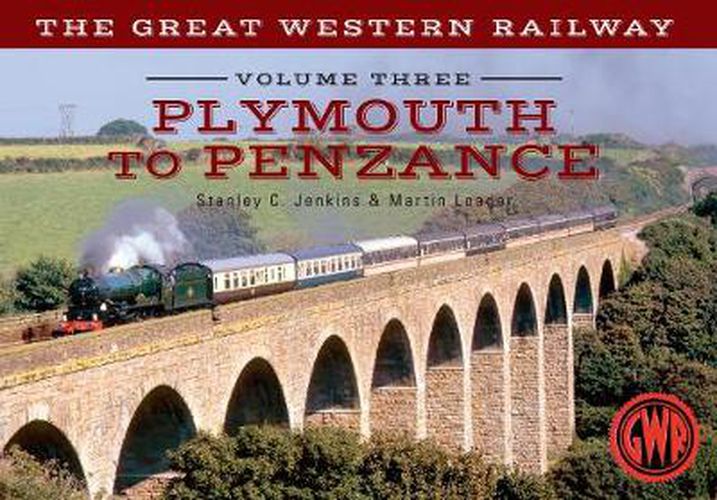Readings Newsletter
Become a Readings Member to make your shopping experience even easier.
Sign in or sign up for free!
You’re not far away from qualifying for FREE standard shipping within Australia
You’ve qualified for FREE standard shipping within Australia
The cart is loading…






The Cornwall Railway was authorised on 3 August 1846 with the aim of constructing a broad gauge rail link between Plymouth, Truro and Falmouth. After many vicissitudes, the railway was ceremonially opened between Plymouth and Truro on 2 May 1859. Meanwhile, further to the west, an entirely separate undertaking known as the West Cornwall Railway had been sanctioned with powers for the construction of a standard gauge railway between Truro and Penzance, which would incorporate parts of the earlier Hayle Railway.
The WCR was completed in 1852, although there was no connection with the Cornwall Railway until 1859. Despite the ‘break-of-gauge’ at Truro, these two railways formed part of a through route between Paddington and Penzance and, as such, they were subsequently absorbed into the GWR system as part of the present-day West of England main line.
$9.00 standard shipping within Australia
FREE standard shipping within Australia for orders over $100.00
Express & International shipping calculated at checkout
The Cornwall Railway was authorised on 3 August 1846 with the aim of constructing a broad gauge rail link between Plymouth, Truro and Falmouth. After many vicissitudes, the railway was ceremonially opened between Plymouth and Truro on 2 May 1859. Meanwhile, further to the west, an entirely separate undertaking known as the West Cornwall Railway had been sanctioned with powers for the construction of a standard gauge railway between Truro and Penzance, which would incorporate parts of the earlier Hayle Railway.
The WCR was completed in 1852, although there was no connection with the Cornwall Railway until 1859. Despite the ‘break-of-gauge’ at Truro, these two railways formed part of a through route between Paddington and Penzance and, as such, they were subsequently absorbed into the GWR system as part of the present-day West of England main line.